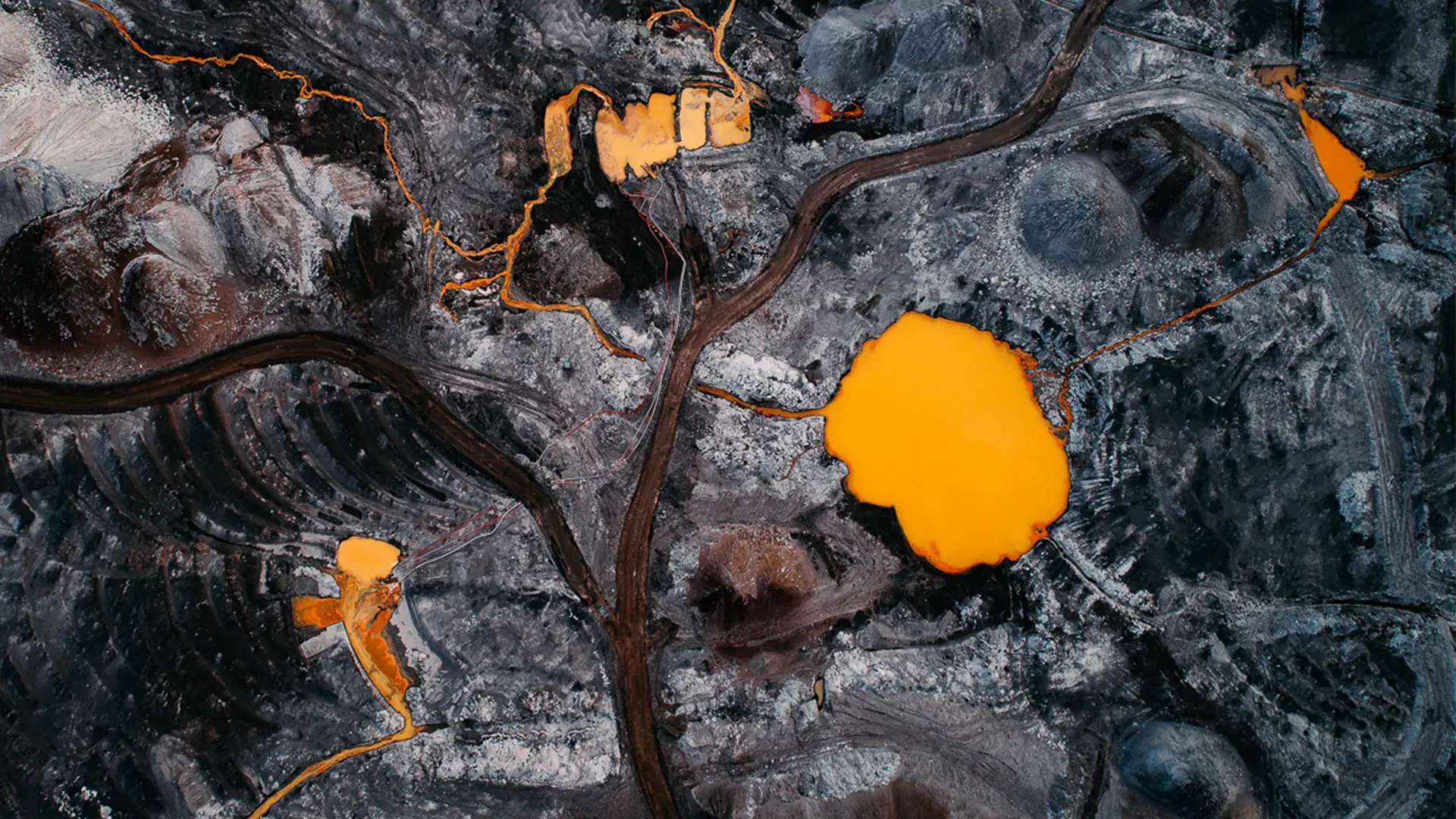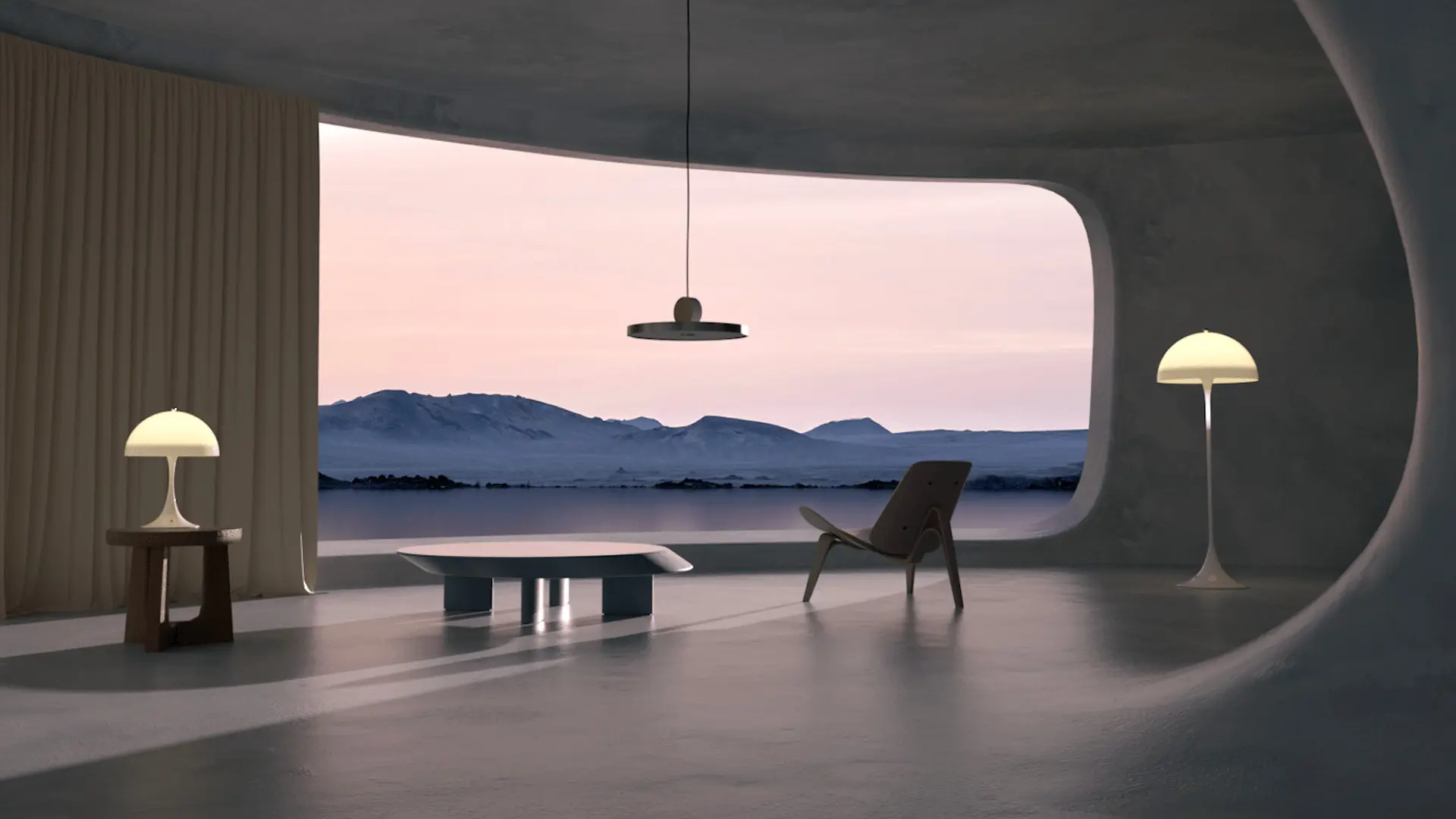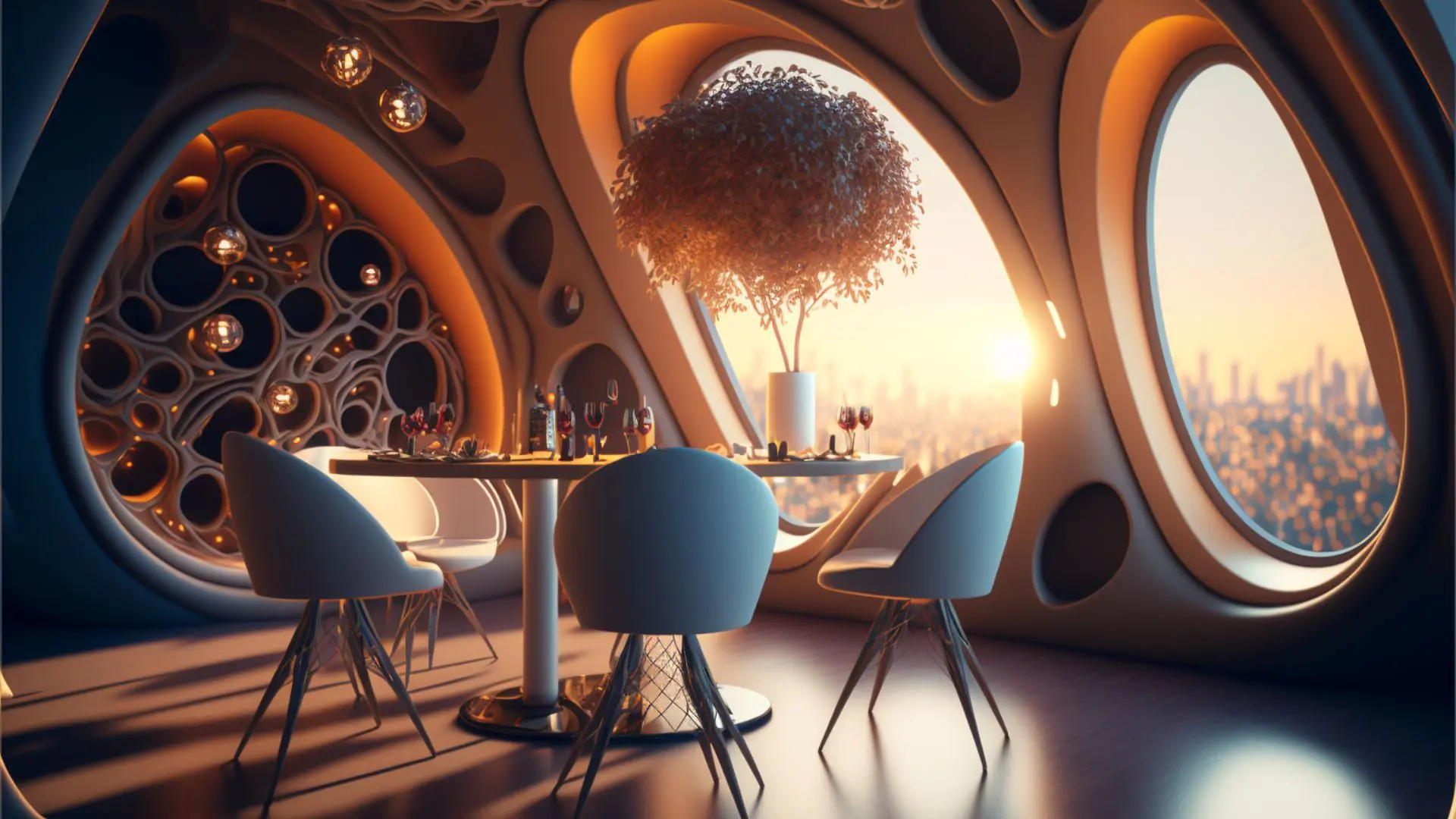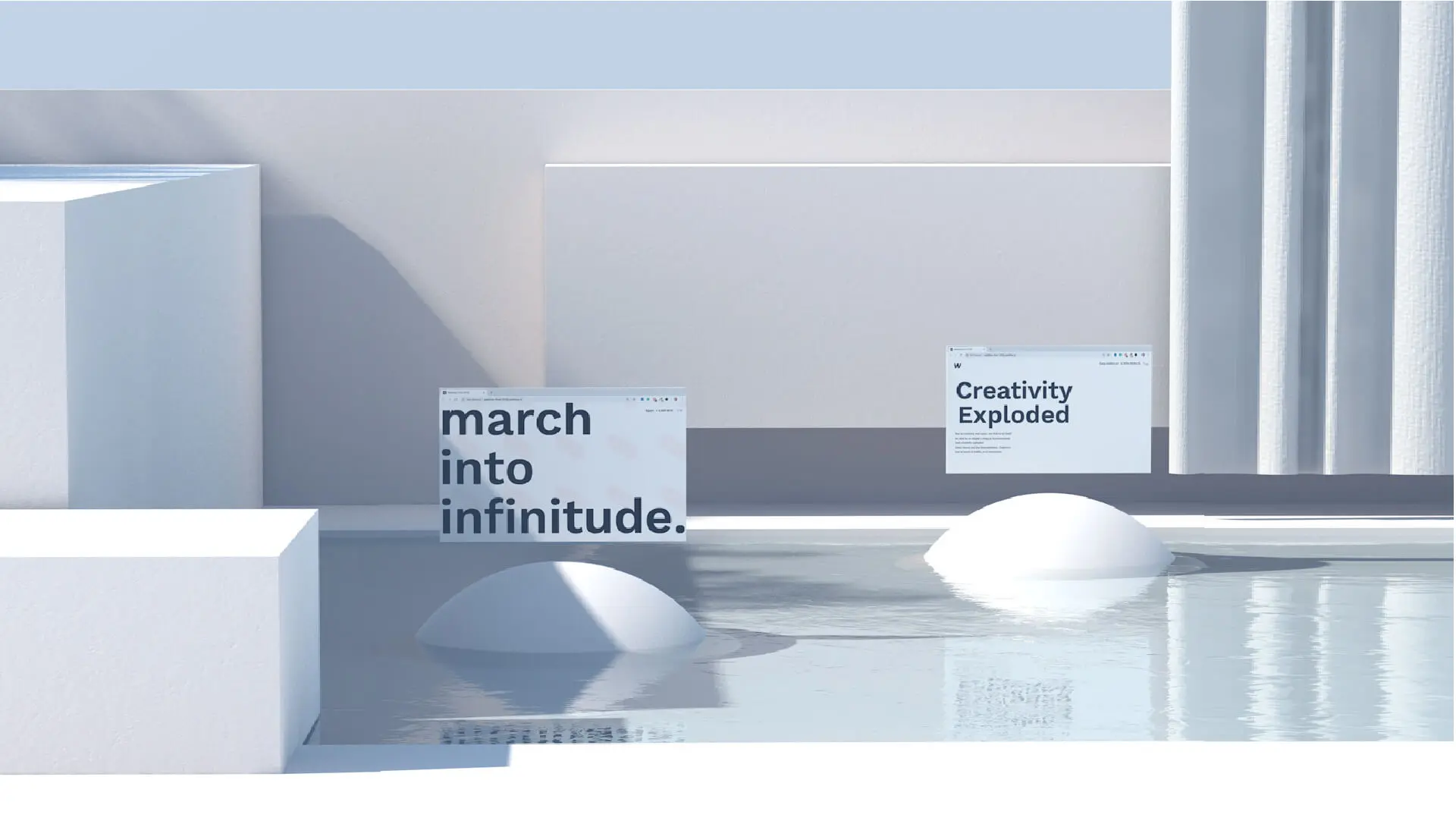Designing brand experiences – Random Studio knows exactly what to do
In a conversation with Daan Lucas, founder of Amsterdam based Random Studio, we explore the motifs and the ambitions behind this laidback-looking, laser focused-revealed creative machine
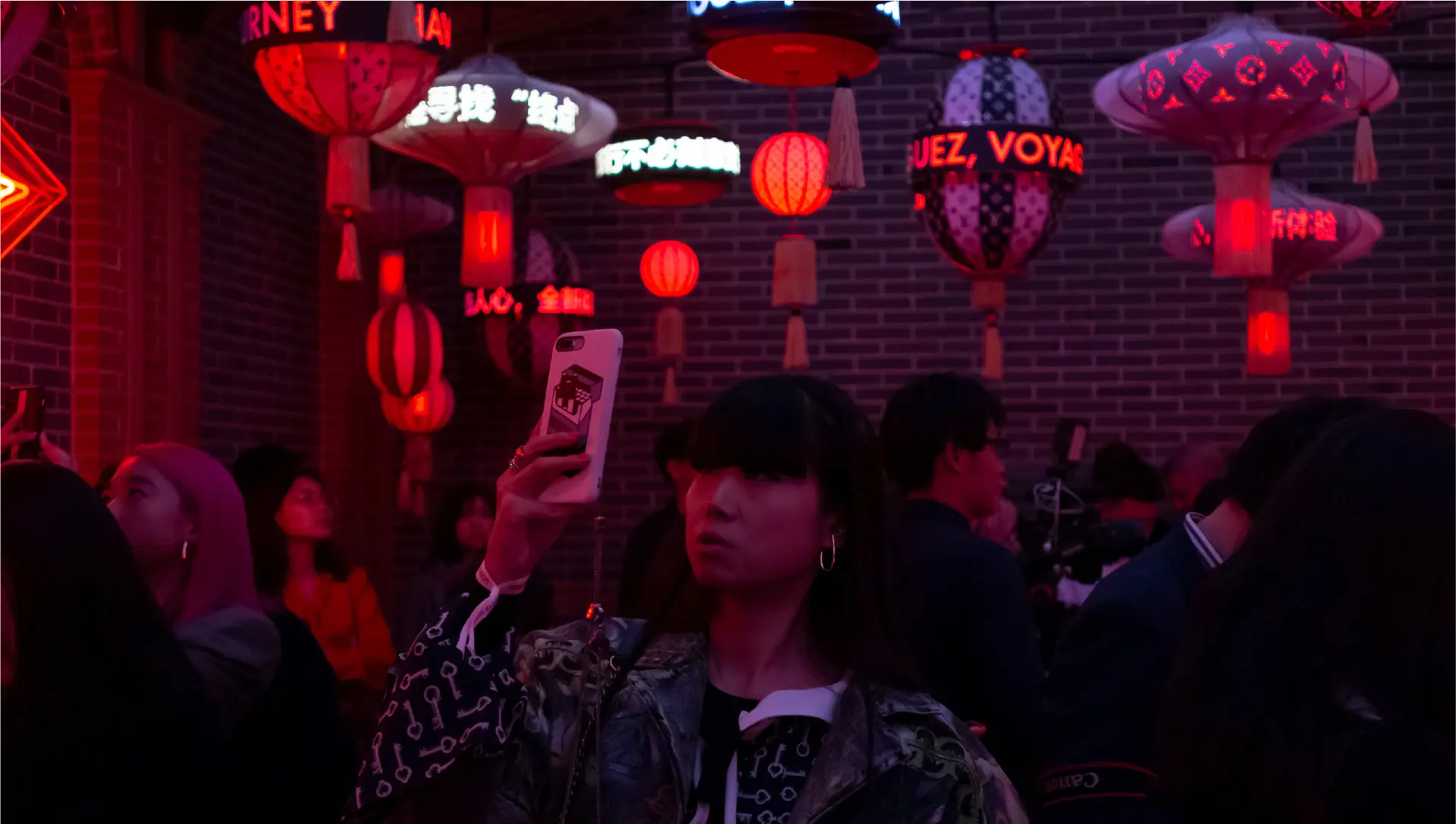
As marketing efforts become each day more differentiated to face consumers becoming each minute more bored and less focused, engagement through physical branding initiatives represents a great opportunity to leave a mark in the minds of a designated target group. The question is “How?” and complex questions never have a single answer, but in our case, one of them is definitely Random Studio.
With a collection of original works for the likes of Chanel, Hermès, Nike, Maison Margiela, Raf Simons and A/D/O by MINI, the Dutch studio presents an impressive ability to interpret each brand individually, providing intriguing blends of digital features blooming in the physical realm, wrapped in a fine-thought aesthetic sense and undeniable elements of surprise.
Fascinated by these artistic expressions of marketing, the word goes to Daan Lucas guiding us through the early stages of Random Studio, its approach to new projects and one big promising plan for the future.

Who is Daan Lucas? How did your journey in design begin?
Daan Lucas:
“Daan Lucas (me) is the founder and managing director of Random Studio. My journey in design began during my time studying in Amsterdam. I frequently visited a very interesting night club, called the Roxy in Amsterdam.
The Roxy was an old movie theater that was turned into a mysterious dance temple by artist Peter Gielen. There were constantly changing experimental acts and the club changed its entire interior every 6 weeks. Coming from a small town village, the Roxy opened my eyes to design and a million other things.”
Why Random Studio? Why focus on experience design?
Daan Lucas:
“Our name Random was chosen when we were only doing online work. “Random” as a piece of code generates a continuously changing result. As a studio we are interested in the new, to reinvent ourselves.
The reason for our existence is to make work that starts a dialogue with people. Work that triggers curiosity, invites to reflect and leaves a sense of wonder. This is from the Roxy days when you get people to move, they forget about themselves for a moment. That’s when, I at least, feel happy, feel free.”

Random Studio is the third company you founded, what have you learned from those previous endeavors and how did it influence the success of Random Studio?
Daan Lucas:
“First I started organizing dance parties in old buildings. We tried to create ambiguous worlds by building strange sets and playing all kinds of obscure music. Some people loved it and some hated it. Then I started a small digital and motion studio with a friend, Circusfamily.
When interactive media came into play I was so fascinated by the possibilities of that new medium. The ability to use technology within graphic design, spaces, installations I had to move on and start Random.
The parties informed the fact that Random is an experience design studio now. And the Circus project was my first experience in the business realm, so I learned a lot about how a business operates. So two quite different experiences but both really valuable.
Random right now is trying to create user journeys that are not only experiential but also bring value to our clients.”
for A/D/O by MINI. Perpetuum was conceived as a kinetic, revolving landscape that invites people to explore, pause and reflect
Which are the main values and core concepts that, above all, will always represent Random Studio?
Daan Lucas:
“We aim to have a very open and honest culture. This allows people to create without fear, to try anything without judgment. We believe that this is a way to invite people to explore and so discover new things, as that is what we are after, making new things.”

You create very engaging and unique projects that trigger a sense of wonder. Can you tell us what is your creation and design process?
Daan Lucas:
“Often we start with a discovery phase. Do research on the industry, clients, and then the project at hand. Once we have a grip on the lay of the land, we will start on the concept phase. We always put a team together of people from different backgrounds and disciplines. We also work with a lot of external people, artists or people with a specific skill. That often gives a project a special character.
Then in the production phase, we want all team members to be involved from the beginning, so UX, tech, whatever is needed. Also most of the time, the client is very close to the process, we really like to work closely as the dynamics on client-side often have a big impact on what the project will turn out to be.
Once a project is delivered we do a reconciliation. What went well and what did not, what did the client think, etc. So we can keep learning.”

Random Studio has collaborated with world-known brands among which we find Chanel, Hermès, Nike, Tommy Hilfiger, Maison Margiela, and Raf Simons. What do these brands find in Random Studio that they cannot find anywhere else?
Daan Lucas:
“I think there are a few things why these collaborations work. I believe the combination of a strong tech background combined with an artistic and fashion sensibility is relatively rare.
Secondly part of our DNA is to work with a variety of collaborators, this way it is possible for us to link a specific team or artist to a brand. Maison Margiela and Tommy Hilfiger need a different approach and we are able to serve them both.
Lastly, in our experienced people in the fashion industry are almost always very creative and emotionally driven people. We are quite similar in that regards, I think there is a mutual understanding from a human perspective.”

Having worked with so many brands and companies Random Studio has designed and created a plethora of extraordinary projects. Could you tell us what are some of your favorite projects and why?
Daan Lucas:
“I really like the work we are doing for Fred Perry where we use technology to make the virtual more tangible. And vice versa, I like the work we did for Louis Vuitton where we used technology to make a physical space more virtual: a visitor could use his or her body as an interface to control an airplane on a big screen. We are always aiming to use tech in a way that people can relate to it from an emotional point of view.”
What is next for Random Studio?
Daan Lucas:
“Actually, we have been exploring a new domain. Although the virtual and the physical world are often seen as two separate domains, we believe that by merging the virtual with the physical space we can combine the best of both worlds into one.
Embed the rich interactive, realtime digital culture into the physical space where we create meaning, navigate effortlessly, where we touch, feel, connect, sense. Within this space, we call it “interactive space”, we create new experiences that are aimed to connect people, invite to play, reflect and explore.
We do this by creating tech theaters in, for example, retail spaces. Please let me explain. Imagine a space, can be a store, a museum, a club, where technology (such as sensors, speakers, lighting, screens, wind and or smoke machines) is incorporated into the building structure itself.
Imagine all these different types of technology (input and output) to be connected through one piece of software so it can all be choreographed as one entity. This infrastructure, we call it a “Tech Theatre”, opens up an enormous amount of possibilities. I can go on about this forever, but essentially The ‘Tech Theatre’ is an Experiential Content Platform, an infrastructure for immersive brand storytelling.
The ECP is a flexible and programmable platform, able to respond in real-time to customer interaction, campaign developments, and current trends. For the customer, the ECP represents an immersive, multi-sensory space to explore, interact and engage with the brand.”








